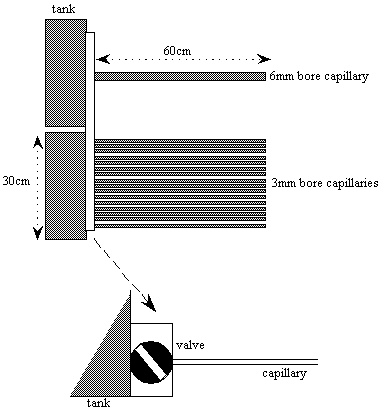Good point about the air heating things up. You could probably just block off the front of the HE a bit to assist. Either way it has to be way better flowing say 65 degree water than just worrying about how much water you can pump and then cool down with 80 degree air. If you are at the strip im sure it's a lot cheaper to dump a bag of ice in a trunk tank though. But for everyday use I'm probably going to go with the kc before dropping 450 on a crazy pump. Hmm there is probably a point where you need the cold water to move faster through the intercooler though if you are really heating things up.
KC makes a HE bypass setup, using electric solenoids to bypass the HE completely. Then it's just the KC + IC + pump etc. If you block off the front of the HE, then u also restrict air into the rads behind the HE, like the AC rad, eng rad (+ auto tranny rad if an auto) etc. While ice would work, the pix I saw depicted the (KC equipped) car returning after the run down the strip. By the time he got back, then into the line, behind a few other cars, it had cooled down, ready to go again. If the coolant was between 40-60F (they will easily drop the coolant temp to 40F), I would not bother with a bigger pump (at least not initially). With enough cold coolant in the de-gas jug, you would have plenty of cold coolant for short bursts with the blower on.
I think I have aprx 2 gals in the IC-degas-pump-HE loop. With the little Bosch pump running 4 gpm, that's 30 secs to circulate all the coolant...once. That's plenty for my applications.
Last edited:



